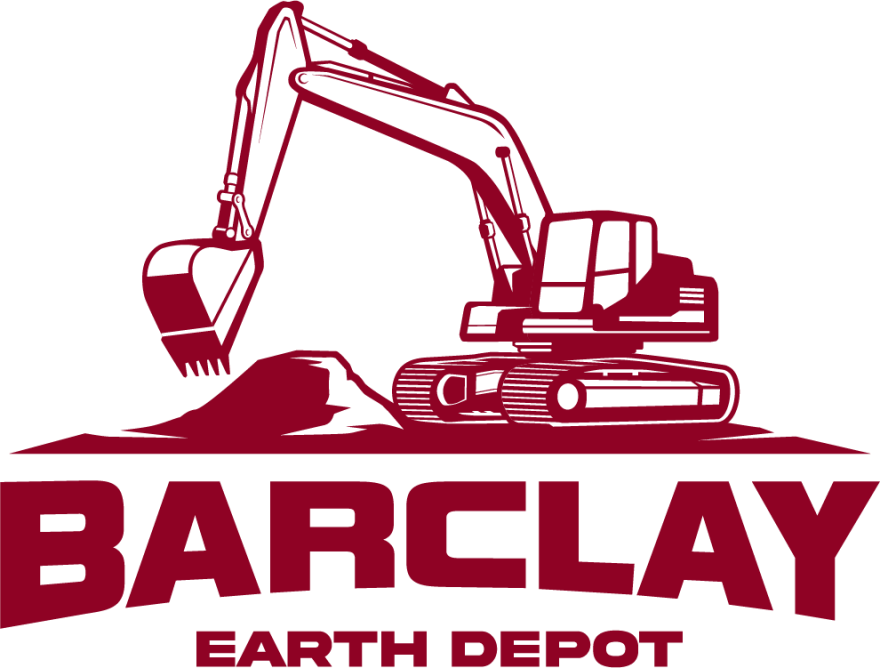 Quality construction sand is important in the projects undertaken by the Florida Department of Transportation (FDOT) across the state. As a major component in concrete, asphalt, backfill, and road base materials, sand aggregate provides essential properties for durable infrastructure.
Quality construction sand is important in the projects undertaken by the Florida Department of Transportation (FDOT) across the state. As a major component in concrete, asphalt, backfill, and road base materials, sand aggregate provides essential properties for durable infrastructure.
Understanding how to specify this versatile aggregate’s optimal properties and sources empowers you to deliver successful, sustainable projects.
Selecting Durable Construction Sand
For stability and longevity, the sand you specify needs adequate strength and hardness to withstand decades of service. Weak, friable particles prone to breaking down compromise structural integrity over time. Since construction sand fills essential roles from pipe bedding to concrete ingredients, it must resist weathering, wear, and heavy loads.
Meeting specifications such as AASHTO’s toughness and absorption benchmarks helps ensure your sand aggregate resists deterioration. For instance, standards set limits on soft, laminated particles that fail prematurely under stress. Blending naturally occurring sands or crushing rock creates construction sand.
Silica sands offer exceptional hardness, while limestone varieties contribute soundness. Testing sand composition in accordance with the guidelines of the Construction Aggregates Manual provides data to select durable grades.
Uniformly graded particles without large gaps ensure strength instead of instability from separation or voids. Checking key properties allows you to specify backfill, base course, or concrete sand that withstands site conditions.
Consider testing sand samples for traits such as Los Angeles Abrasion to estimate real-world wear resistance. Comparing qualities to benchmarks helps avoid specifying easily eroded, cracked, or weathered material. While seemingly minor details, taking the time upfront to analyze durability prevents problems down the road.
Achieving Proper Sand Gradation
The particle size distribution, also called gradation, heavily impacts the performance of construction sand. Applications such as pipe bedding require narrow ranges of sieve sizes to permit proper density and drainage. Well-graded material with a spectrum of coarse and fine grains packs densely without voids.
Specifying percent passing indicators for key sieve sizes such as No. 4 or No. 200 ensures suitability. For instance, sand for sand-cement riprap may allow up to 5% passing No. 200 to prevent excess fines that compromise stability, while silica sand permits 95% passing.
 Understanding target gradation ranges for each usage helps avoid pipe erosion, cracking, and other issues. For example, AASHTO M6 outlines optimal ratios for hydraulic cement concrete for applications such as highway bridges, pavements, and incidental structures. Defining appropriate construction sand distributions is worth the upfront effort.
Understanding target gradation ranges for each usage helps avoid pipe erosion, cracking, and other issues. For example, AASHTO M6 outlines optimal ratios for hydraulic cement concrete for applications such as highway bridges, pavements, and incidental structures. Defining appropriate construction sand distributions is worth the upfront effort.
Blending naturally graded pit samples often creates suitable combined gradations. Testing offers gradation data. For example, mixing 20% of a coarse sand with 80% of a fine variety achieves proper particles. Stockpiling consistent grades allows flexible proportions to meet requirements.
Grasping target gradations for each usage helps you specify sand that performs dependably. Tracking particle size distribution prevents issues such as erosion or cracking over time.
Responsibly Sourcing Sand Aggregate
The FDOT Standard Specifications emphasize using hard, durable, uncoated sand grains without contamination. For construction purposes, silica sands with at least 95% quartz content meet this need. Mined from ancient dunes or rivers, Florida hosts abundant deposits.
Checking for clays, organic material, or other contaminants using the prescribed testing methods ensures soundness. For instance, the Shell Content test measures weak particles within the sand. This prevents the use of marginal or dirty aggregates unfit for concrete or asphalt.
Sourcing construction sand sustainably also matters. Permitting sand mines responsibly prevents environmental issues such as habitat damage or water table disruption. Planning mining and reclamation around future land use protects Florida’s resources while delivering essential aggregate.
Reviewing regional sand deposits often reveals options that balance project needs with ecological factors. Selecting nearby sources minimizes transportation emissions while restoring sites prevents permanent impacts. Taking a collaborative, transparent approach to aggregate sourcing makes good neighbors.
Construction Sand Quality Control
Construction sand requires sampling and testing at specified intervals to ensure uniform quality. Certifying aggregate sources such as pits and quarries prevents surprises from substandard material. Monitoring moisture, gradation, and contaminant levels during production maintains consistency.
For example, FDOT standards mandate abrasion and soundness checks every 2,500 tons. Ongoing quality control prevents problems such as rapid erosion or instability from inferior particles. Hard, durable grains resist wear, while sound aggregates withstand freeze-thaw cycles.
 Keeping moisture content uniform prevents density or workability changes during placement. Verifying truckloads meet requirements ensures mixtures perform as expected. Only using certified construction sand sources following strict protocols ensures your projects meet stringent durability and lifespan requirements across Florida.
Keeping moisture content uniform prevents density or workability changes during placement. Verifying truckloads meet requirements ensures mixtures perform as expected. Only using certified construction sand sources following strict protocols ensures your projects meet stringent durability and lifespan requirements across Florida.
FDOT Engineers Source Top-Quality Construction Sand from Barclay Earth Depot
Sourcing quality sand lays the foundation for successful FDOT projects. From drainage networks to bridge components, construction sand fills critical roles across infrastructure. Keeping durability, gradation, responsible sourcing, and strict quality control in mind empowers engineers to make choices that serve communities for decades.
Barclay Earth Depot meets Florida’s most stringent FDOT requirements for quartz-rich sand with certified testing protocols. Let our team help identify the certified construction sand products that align with your project’s specifications. Contact us today at (941) WE-DIG-IT or online to learn how we contribute to the success of your FDOT projects.

